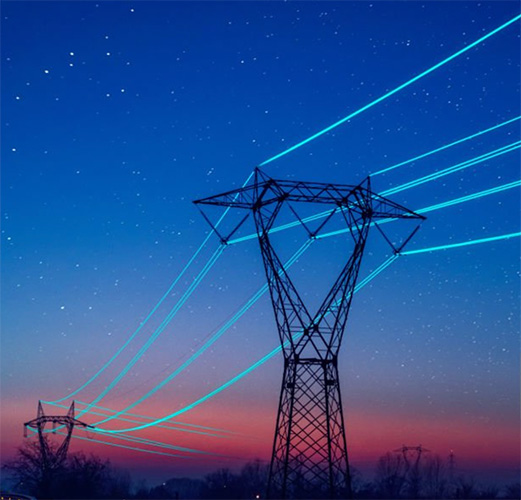With advancements in AI there is some relief for utility companies that are digitally transforming their business and customer experiences.

By Dimitris Vassos, CEO and Founder of Omilia
Utility companies in the water, gas, oil, and electricity sectors are facing unprecedented operational and business challenges due to severe weather events causing unexpected outages, escalating operating costs, and putting additional strain on an already aging infrastructure. According to a widely referenced report by the U.S. Department of Energy, power outages are costing American businesses over $150 billion annually. As a result, this places immense pressure on utilities providers to resolve these issues quickly. However, that alone is not enough as it’s also vital that they manage customer communications effectively while doing so. Failure to do so can not only lead to severe reputational but also severe financial consequences.
As storm damage becomes increasingly frequent and service regulations tighten, balancing strategic problem-solving and account management has become a challenging task for many utility companies. This situation highlights the need for a new approach. With advancements in technology, particularly AI, there is some relief for utility companies that choose to digitally transform their business and customer experiences.
One of the most streamlined steps to take is deploying conversational AI in utility companies’ contact centers. This alone can transform how utility companies are able to manage customer interactions and communication during an outage or other emergency. Below are three of the biggest customer experience benefits to making this change.
With Conversational AI a virtual agent identifies and verifies the caller, determines their intent, and either successfully fulfills the customer need or efficiently transfers their call to a human agent. This helps eliminate long wait times, removes confusing IVR menus and increases successful call completion. It can detect negative customer sentiment and immediately escalate calls to human agents preventing the need for further call backs.
AI can also feed the human agents with useful information, for example options to resolve issues, common answers in certain situations, etc. In this way, the human agent can focus on using empathy to deal with the customer and AI supports them. These insights and assistance empower agents to help customers more efficiently and effectively, improving not only the customer experience but agent morale.
In February 2024 water regulations were tightened in England and Wales and water companies in those countries could now be fined up to a tenth of their turnover for poor customer service.
With notoriously long wait times, unresolved calls and bad customer experiences associated with the utilities sector, particularly during peak times when inbound call volumes surge, maintaining this status quo is no longer an option.
By blending the best of both worlds, human agents and virtual AI assistants, customers can be provided with faster, more effective resolutions of their queries and improved levels of service.
Human agents can focus on those service requests that require the human touch and AI can handle a wide variety of other tasks like billing inquiries, usage information, appointment scheduling and account management, and providing the most up-to-date outage information. The AI agent can greet every caller, quickly understand what customers need and either accurately route them to an agent or automatically handle the request. This builds more trust and confidence that the utility company is more efficiently and effectively handling customer needs.
Perhaps one of the most prized benefits of AI in contact centers is that it offers utility companies the data and insights for continuous improvement. Easy-to-use reporting and analytics extract real-time insights from thousands of calls each day, creating a window into exactly what customers want, identifying call patterns to extract learnings from, spotting common customer complaints, revealing regular transactions that could be automated in future and exposing where operational issues may be preventing successful automation of calls.
With this invaluable information, utility companies can hone in on where and how they need to improve customer interactions. This continuous improvement could safeguard them and reduce their risk of government-imposed fines, avoiding them becoming another NYSEG and Rochester Gas & Electric. These companies did not meet metric targets for customer service and electric reliability in 2023 and were fined over $20 million combined.
Faced with unpredictable global weather patterns and heightened customer expectations, now is the time to act. According to Deloitte, at least 16% of the top 25 power and utility companies are in the initial stages of integrating generative AI into their operations. It is a crucial digital evolution for all service providers. Not only will it help navigate modern-day service disruptions, it offers a path to efficiency and agility while being squarely focused on the customer. It will also ensure that utility providers meet the stringent customer service rules that regulatory bodies across the globe continue to roll out. It is a transformative shift and one that utility companies truly cannot afford to miss out on.

Dimitris Vassos, CEO and Founder, Omilia
In this episode, I sat down with Beejan Giga, Director | Partner and Caleb Emerson, Senior Results Manager at Carpedia International. We discussed the insights behind their recent Industry Today article, “Thinking Three Moves Ahead” and together we explored how manufacturers can plan more strategically, align with their suppliers, and build the operational discipline needed to support intentional, sustainable growth. It was a conversation packed with practical perspectives on navigating a fast-changing industry landscape.